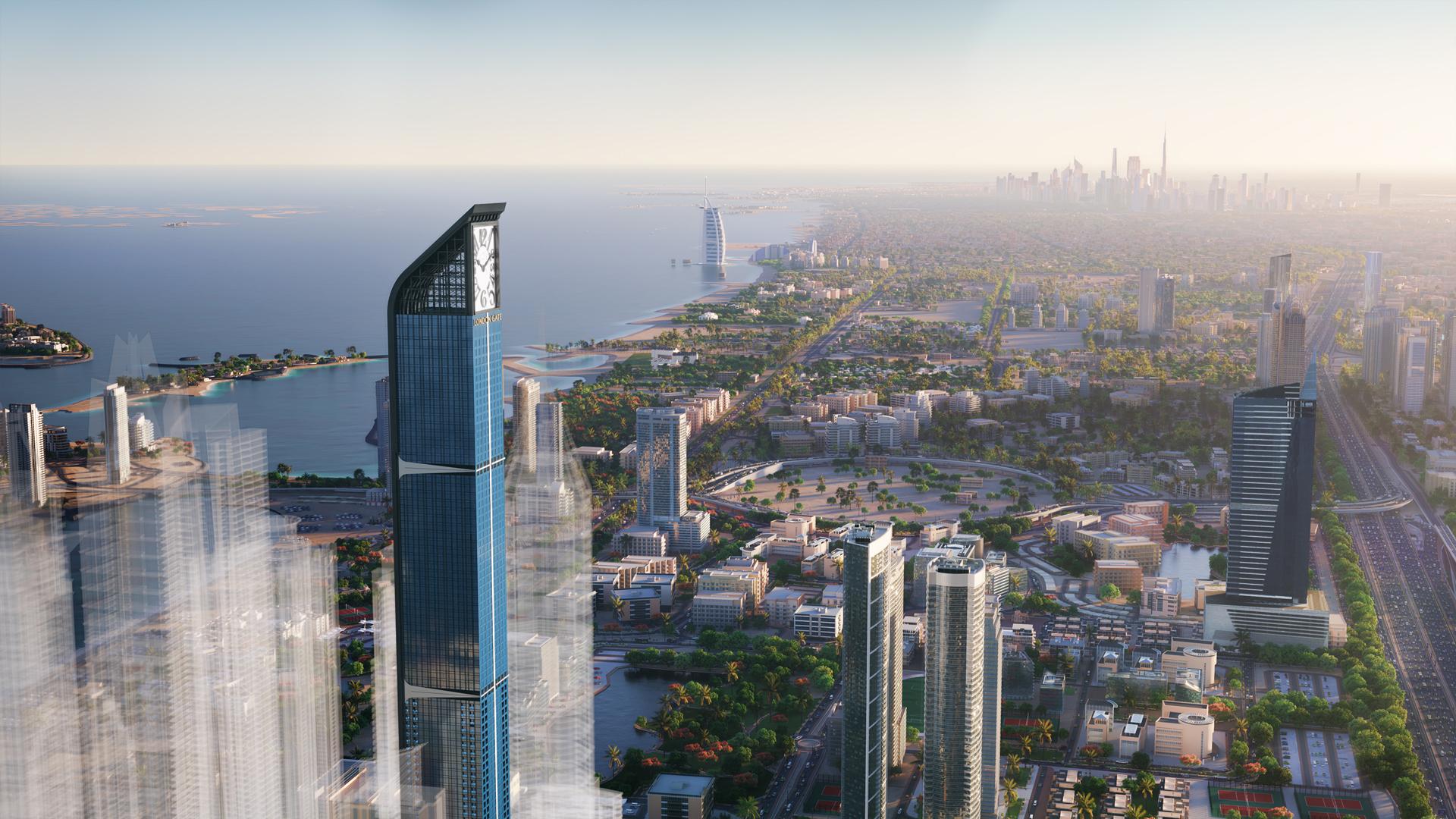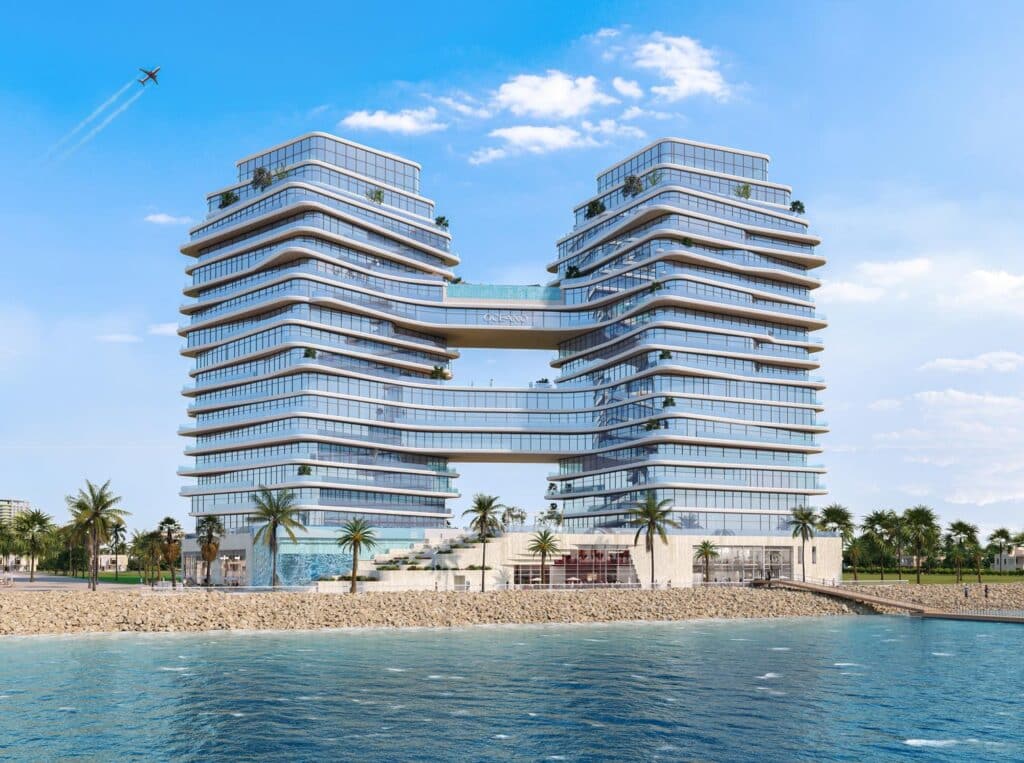Manhattan real estate development is one of the most competitive and scrutinized markets in the world. Every new project must navigate complex zoning regulations, community board reviews, landmark preservation committees, and skeptical investors.
In this high-stakes environment, how you present your vision matters as much as the vision itself. Developers who win approvals and secure funding increasingly rely on sophisticated visual storytelling to communicate their projects.
The evolution of architectural visualization New York has fundamentally changed the development pitch process. Where developers once relied on architectural drawings and physical models, they now present photorealistic 3D renders, animated walkthroughs, and immersive virtual experiences that allow stakeholders to understand a project’s impact before ground is broken. This shift has made the difference between projects that move forward and those that stall in the approval process.
The Challenge of Manhattan Development
Proposing new construction in Manhattan comes with unique challenges. The borough is densely built, with every new tower affecting surrounding properties, public spaces, and neighborhood character. Community boards scrutinize how developments will change street life, shadow patterns, and local infrastructure. Landmark districts impose strict design requirements to maintain historical context.
Traditional presentation methods struggled to communicate these complex interactions clearly. Two-dimensional elevations and floor plans require specialized knowledge to interpret. Physical models, while tangible, can’t show how a building looks from multiple vantage points or how it appears in different lighting conditions. These limitations created communication gaps that led to misunderstandings, extended review periods, and sometimes project rejections.
Building Narratives Through Visualization
Modern 3D visualization allows developers to craft compelling narratives around their projects. Instead of simply showing what a building looks like, they can tell the story of how it enhances the neighborhood, creates public amenities, and respects its context. This narrative approach transforms dry presentations into engaging experiences that connect with diverse audiences.
A residential tower pitch might begin with street-level views showing improved sidewalks, ground-floor retail activation, and pedestrian-friendly design. The presentation then moves upward, revealing how the building steps back to preserve light and air, before showcasing interior spaces and rooftop amenities.
Finally, aerial views demonstrate how the tower fits into the broader Manhattan skyline. This sequential storytelling helps reviewers understand the project as a holistic contribution to the urban fabric rather than an isolated structure.
Addressing Community Concerns Proactively
Community board meetings can make or break Manhattan projects. Residents want to know how new developments will affect their daily lives. Will construction disrupt their commutes? Will the building create wind tunnels on its street? Will it cast shadows on the local park?
Advanced 3D visualization tools can answer these questions with data-driven imagery. Shadow studies show exactly where and when shadows will fall throughout the year. Wind analysis visualizations demonstrate pedestrian-level conditions. Construction phasing animations illustrate how the site will be managed during the building. By addressing concerns proactively with clear visual evidence, developers reduce opposition and build community support.
Some developers now create interactive 3D presentations that allow community members to explore projects from angles that matter to them. A resident concerned about views can examine sight lines from their building. A business owner can see how street-level changes affect foot traffic. This transparency builds trust and demonstrates that developers have considered multiple perspectives.

Winning Over Landmark Commissions
Manhattan’s landmark districts require special attention to context and design appropriateness. The Landmarks Preservation Commission must approve alterations to historic buildings and new construction in protected neighborhoods. These reviews focus heavily on how new elements relate to existing architecture in terms of scale, materials, proportion, and detail.
3D visualization has become essential for landmark applications. Highly detailed renders can show how new construction matches the material palette of surrounding historic buildings. Context views demonstrate appropriate height and massing relationships. Detailed studies zoom in on cornices, window patterns, and facade articulation to show respectful design responses to neighboring structures.
The ability to create accurate comparative visualizations particularly helps these presentations. Side-by-side views of existing conditions and proposed changes clearly communicate design intent. Reviewers can see that a new residential building respects the rhythm of brownstone facades, or that a modern tower steps back to preserve the street wall character of a historic district.
Securing Financial Backing
Manhattan development requires massive capital investment, and financial institutions conduct rigorous due diligence before committing funds. Lenders and equity partners need confidence that a project is feasible, marketable, and will deliver projected returns. Visual storytelling plays a crucial role in building this confidence.
High-quality 3D visualization demonstrates project sophistication and attention to detail, which reassures financial partners that the development team is serious and capable. Renders of amenity spaces, residential units, and public areas help investors understand the product they’re funding. Market positioning becomes clearer when stakeholders can see how finishes, layouts, and features compare to competing developments.
Some developers create detailed virtual tours specifically for investor presentations. These experiences allow potential partners to walk through every unit type, examine construction quality, and understand spatial relationships. The immersive nature of these presentations creates emotional engagement that spreadsheets and pro formas cannot match.
Pre-Sales and Market Testing
Manhattan’s luxury residential market relies heavily on pre-sales. Developers need to secure purchase commitments before construction begins to satisfy lender requirements and validate market demand. Selling apartments that won’t be completed for years requires exceptional marketing materials that make the invisible visible.
Premium 3D visualization creates the marketing foundation for successful pre-sales campaigns. Photorealistic renders appear in sales brochures, websites, and advertising. Virtual reality experiences in sales galleries allow buyers to tour their potential homes and customize finishes. These tools help buyers make confident decisions about significant investments in properties they can only experience digitally.
The quality of visualization directly impacts pricing power. Luxury buyers expect marketing materials that match the premium positioning of the product. Amateur or generic renderings undermine confidence and depress prices. Investment in high-end visualization pays dividends through faster absorption and higher unit prices.
Navigating Zoning and Planning Reviews
New York City’s zoning regulations are among the most complex in the nation. Manhattan projects often utilize air rights transfers, special permits, and zoning variances that require detailed documentation and review. City Planning Commission presentations must clearly demonstrate compliance with applicable regulations and show how projects advance planning objectives.
3D visualization helps translate complex zoning concepts into understandable imagery. Bulk and envelope diagrams become three-dimensional models that show exactly how a building fits within allowable parameters. Contextual views demonstrate appropriate relationships to surrounding development. Public benefit spaces like plazas or through-block connections are visualized to show how they’ll function and enhance the public realm.
Some developers create comprehensive 3D models of entire city blocks to demonstrate cumulative effects and neighborhood integration. These models can be updated as projects evolve through the review process, providing a consistent reference point for all stakeholders.
The Competitive Advantage
In Manhattan’s crowded development landscape, the quality of visual presentation creates competitive differentiation. Two similar projects competing for the same site or the same investors will be judged partly on how effectively they communicate their vision. Developers who invest in sophisticated visualization demonstrate professionalism and seriousness that strengthen their market position.
This advantage extends beyond individual project success. Developers known for high-quality presentations build reputations that smooth future approvals and attract better partners. The compounding effect of strong visual storytelling capabilities contributes to long-term business success in the Manhattan market.
Looking Forward
As visualization technology continues advancing, expectations for Manhattan development presentations will only increase. Real-time rendering engines now allow interactive experiences where reviewers can adjust lighting, change material options, or view from different angles on demand. Augmented reality applications let stakeholders stand on actual sites and see proposed buildings overlaid on the real environment through tablets or phones.
The most successful Manhattan developers understand that visual storytelling is not optional. It’s a fundamental requirement for navigating approvals, securing capital, and achieving market success. Projects that rely on outdated presentation methods face unnecessary obstacles and missed opportunities. The investment in sophisticated 3D visualization returns value through faster approvals, stronger pricing, and reduced execution risk. For development teams seeking to compete effectively in Manhattan’s demanding market, partnering with experienced visualization specialists like VisEngine ensures that project narratives are communicated with the clarity, sophistication, and impact that the market demands.

